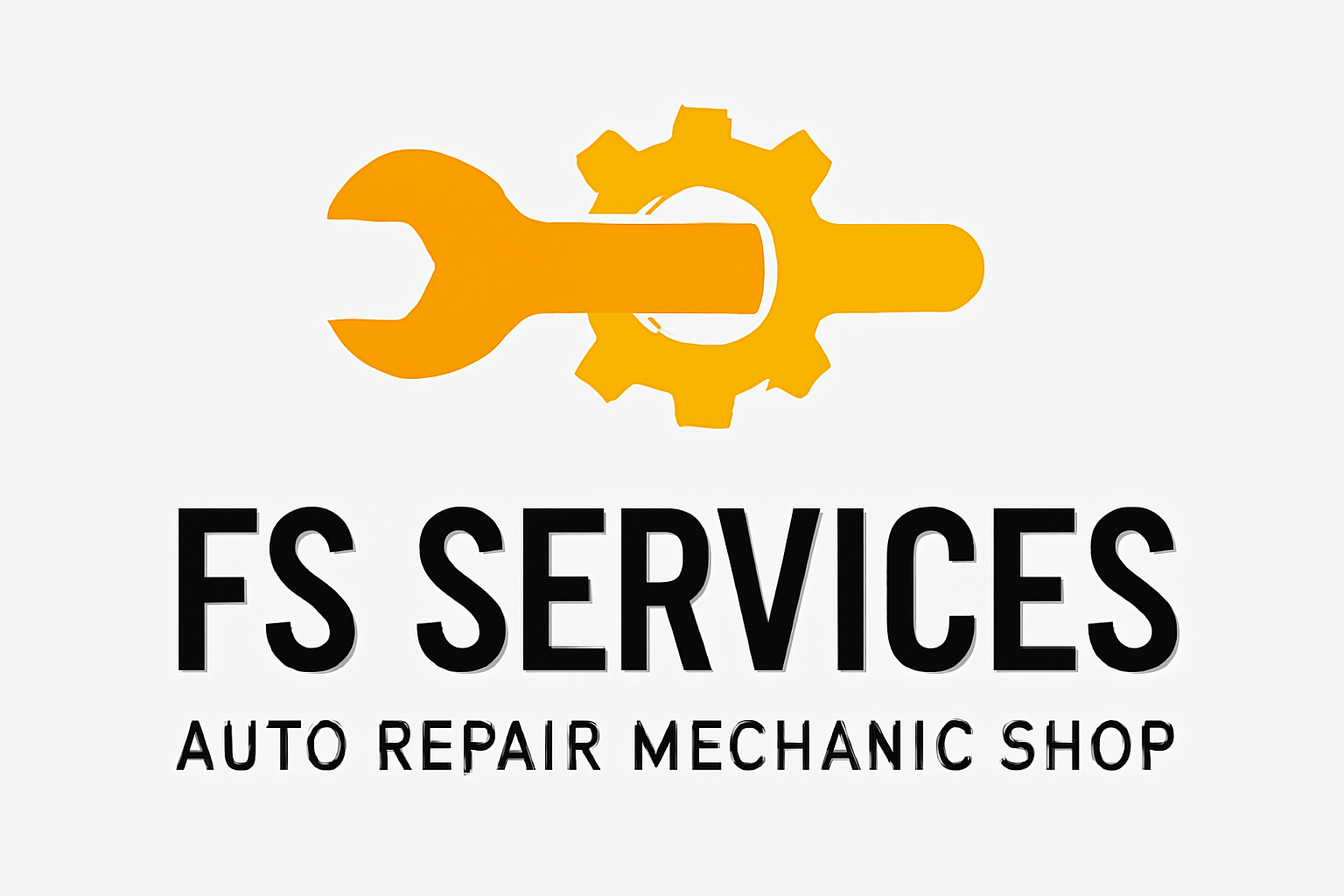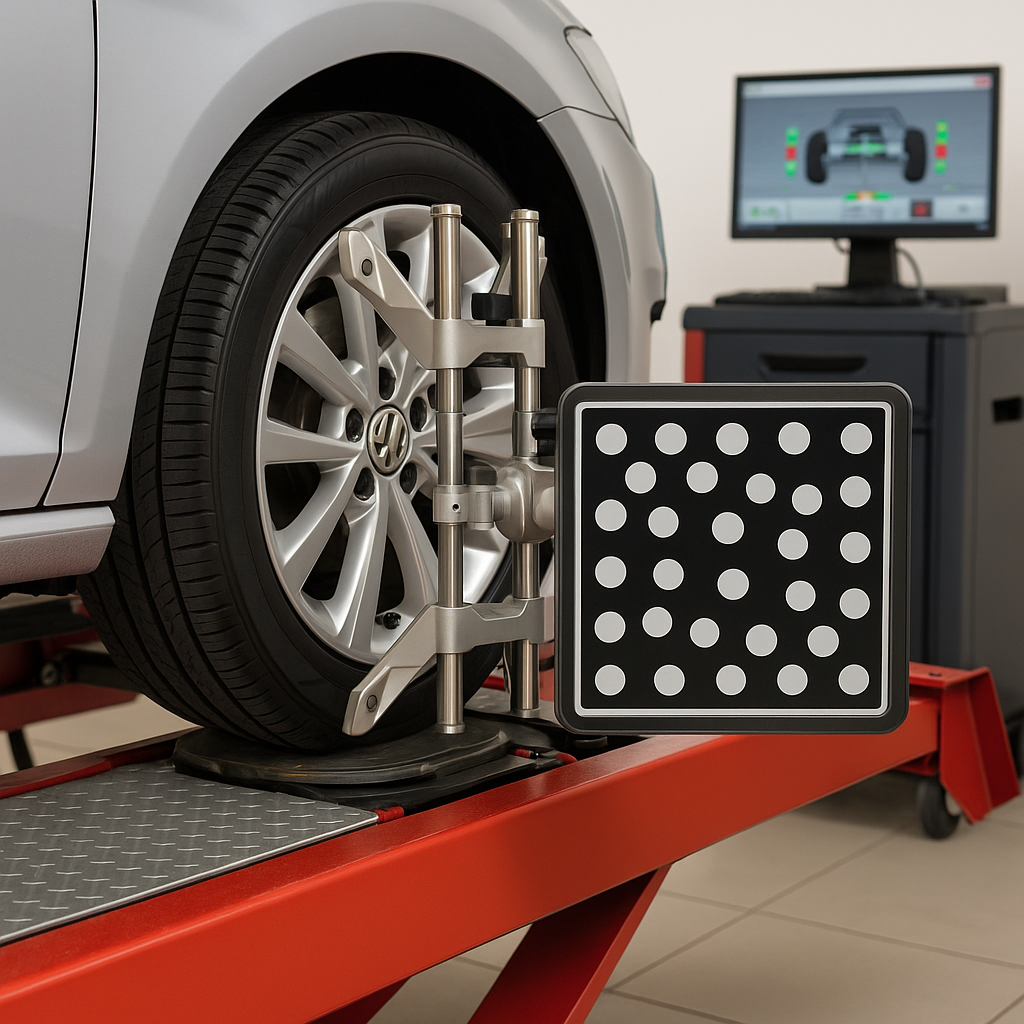Contacts Us
Have a Question?

Tires & Wheels
Wheel Alignment: Why It’s Essential for Your Car’s Performance and Safety
Your vehicle’s wheels are its foundation. They connect your car to the road, carry its weight, and affect every aspect of your driving experience — from comfort to fuel efficiency to safety. Yet one of the most commonly overlooked maintenance services is wheel alignment.
In this comprehensive guide, we’ll break down what wheel alignment is, why it’s important, and the pros and cons of getting it done on time (or neglecting it). By the end, you’ll understand why proper alignment is one of the smartest investments for your car’s longevity and performance.
What Is Wheel Alignment?
Wheel alignment (also called tire alignment) is the process of adjusting the angles of your car’s wheels so that they meet the manufacturer’s specifications. These angles affect how your tires make contact with the road and determine how evenly they wear over time.
A professional alignment uses precision instruments and laser-guided or computer-controlled machines to measure and correct three key settings:
1. Camber
The inward or outward tilt of the wheel when viewed from the front of the car.
Negative camber: Top of the tire tilts inward.
Positive camber: Top tilts outward.
Incorrect camber can cause uneven tire wear on one side.
2. Toe
The direction your tires point relative to the vehicle’s centerline when viewed from above.
Toe-in: Tires angle toward each other.
Toe-out: Tires angle away.
Proper toe ensures straight tracking and prevents feathered tire wear.
3. Caster
The forward or backward angle of the steering axis when viewed from the side.
Caster affects steering stability, returnability, and cornering balance.
When all three angles are set precisely, your wheels work together for smooth, stable, and predictable driving.
1. Safety Comes First
A misaligned suspension can cause your car to pull to one side, making steering harder to control — especially in emergency maneuvers or wet conditions. Keeping your wheels aligned ensures your tires grip evenly and predictably.
2. Better Fuel Efficiency
When your wheels aren’t aligned, they drag or resist movement instead of rolling smoothly. That extra friction means your engine must work harder, increasing fuel consumption. A properly aligned vehicle can save you up to 10% on fuel.
3. Longer Tire Life
Misalignment causes uneven tire wear, meaning some parts of the tread wear out much faster than others. Regular alignment checks ensure all four tires wear evenly, extending their lifespan and saving you from premature replacements.
4. Improved Handling & Ride Comfort
Proper alignment keeps your steering straight and your suspension balanced. You’ll notice your car drives smoother, tracks straight on highways, and doesn’t vibrate or drift unexpectedly.
5. Prevents Costly Repairs
Neglecting alignment doesn’t just affect tires — it can strain suspension components like ball joints, tie rods, and wheel bearings. Over time, that adds up to more expensive repairs.

Trust Our Products
For over 60 years, Car Repair Service has been helping drivers across North America maintain their vehicles. With ASE-certified mechanics in all of our stores, we can take care of all of your auto repair and maintenance needs.
From oil changes, filter replacements, and fluid flushes to brakes and brake repair, shocks and struts, muffler repair, tires, and wheel alignment, we’ve got you covered. Use the quick links in the gold bar to book an appointment at your Car Repair Service store today!
Signs That Your Car Needs a Wheel Alignment
It’s not always obvious when your car goes out of alignment. However, there are tell-tale signs that can warn you:
-
Your steering wheel is off-center when driving straight
-
The vehicle pulls to one side on a level road
-
Uneven or rapid tire wear, especially on inner or outer edges
-
Vibration in the steering wheel at highway speeds
-
A sense that your car is “wandering” or feels loose when driving
-
After hitting potholes, curbs, or speed bumps hard
If you notice any of these symptoms, it’s time to schedule a professional wheel alignment check.
How Often Should You Get Wheel Alignment?
As a general rule:
-
Every 10,000 to 12,000 miles (16,000–20,000 km), or once a year.
-
After major suspension or steering repairs.
-
After replacing tires or wheels.
-
After hitting large potholes or curbs.
Many modern vehicles benefit from alignment checks during regular tire rotations, since uneven wear can indicate subtle misalignment early on.
The Process: What Happens During a Wheel Alignment?
A professional mechanic or technician will typically:
-
Inspect tires and suspension for damage or worn components.
-
Mount sensors on each wheel connected to a digital alignment machine.
-
Measure camber, caster, and toe angles using precision lasers or cameras.
-
Adjust suspension components (tie rods, control arms, etc.) to match manufacturer specifications.
-
Test drive the vehicle to confirm proper alignment and steering response.
The process usually takes 30–60 minutes depending on the vehicle and alignment type (two-wheel or four-wheel alignment).
The Pros of Getting Wheel Alignment Done on Time
1. Maximizes Tire Longevity
Tires are expensive — and uneven wear can ruin them fast. Proper alignment ensures the tread wears evenly across all four tires, extending their usable life by thousands of miles.
2. Better Driving Experience
Few things feel as good as a car that drives straight and smooth. Regular alignment keeps your ride comfortable and your steering responsive.
3. Increases Fuel Economy
Even slight misalignment causes rolling resistance. Keeping your wheels in spec reduces drag and helps your car move more efficiently.
4. Protects Other Components
Alignment isn’t just about tires — it keeps suspension and steering systems in harmony. Proper angles reduce stress on shocks, struts, and bushings.
5. Environmental Benefits
Better alignment = less fuel burned = fewer carbon emissions. It’s a small but meaningful step toward eco-friendly driving.
6. Improved Safety
With precise alignment, your tires maintain full contact with the road during turns, acceleration, and braking — giving you maximum grip and shorter stopping distances.
The Cons of Delaying or Ignoring Wheel Alignment
Skipping alignments might save money now, but it often leads to bigger problems later. Here’s what can happen if you delay:
1. Premature Tire Wear
Even a few degrees off-spec can cause your tires to wear out unevenly, reducing lifespan by 20–40%. That means earlier replacements and higher costs.
2. Increased Fuel Costs
Misaligned wheels create rolling resistance that forces the engine to use more energy, lowering your MPG over time.
3. Poor Vehicle Control
When your car drifts, pulls, or shakes, it’s harder to handle — especially on wet or icy roads. It can even lead to dangerous hydroplaning or loss of control.
4. Damage to Suspension
Misalignment strains parts of the suspension not designed to bear extra load, accelerating wear and causing costly repairs.
5. Uncomfortable Ride
Steering wheel vibration, vehicle drift, and uneven ride feel can make driving stressful and fatiguing — particularly on long trips.
Wheel Alignment vs. Wheel Balancing: What’s the Difference?
Many people confuse the two, but they serve different purposes.
| Wheel Alignment | Wheel Balancing |
|---|---|
| Adjusts the angles of the tires for proper contact with the road | Adjusts the weight distribution of each wheel and tire |
| Affects tire wear, handling, and steering stability | Affects vibration and smoothness of the ride |
| Done using computerized alignment machines | Done using balancing machines with weights |
| Needed after suspension work or uneven tire wear | Needed after installing new tires or if you feel vibration at speed |
Both are important for smooth and safe driving — and many shops perform them together.
3 Types of Wheel Alignment
Depending on your vehicle and its drivetrain, the technician may recommend one of these types:
1. Front-End Alignment
Adjusts only the front wheels. Common for older or rear-wheel-drive cars.
2. Thrust Alignment
Aligns the rear axle and then the front wheels to match. Ensures all four wheels are square to each other.
3. Four-Wheel Alignment
Adjusts both front and rear wheels — essential for vehicles with independent rear suspensions or all-wheel drive.
For most modern cars, four-wheel alignment is the recommended option.
How to Keep Your Wheels in Good Shape Between Alignments
-
Avoid potholes and curbs whenever possible.
-
Check tire pressure monthly. Low or high pressure affects wear and alignment.
-
Rotate your tires every 5,000–7,500 miles.
-
Inspect tires visually for uneven wear patterns.
-
Have suspension components checked during oil changes.
Being proactive can help catch small issues before they turn into major alignment problems.
The Cost of Wheel Alignment
Prices vary by region and vehicle type, but here’s a general estimate:
| Type of Alignment | Average Cost (USD) |
|---|---|
| Two-wheel alignment | $50 – $100 |
| Four-wheel alignment | $100 – $200 |
Premium or performance vehicles may cost more, while some repair shops offer lifetime alignment packages for long-term savings.
Why You Should Get Wheel Alignment Done by Professionals
While DIY car enthusiasts might attempt minor adjustments, modern vehicles require computerized alignment systems and precise calibration to manufacturer specs. Professional shops use advanced tools to ensure every angle is correct — something impossible to achieve accurately at home.
Plus, a certified technician can:
-
Identify worn suspension components
-
Adjust caster/camber/toe precisely
-
Test-drive the vehicle to ensure balance
-
Provide a detailed alignment report
This ensures peace of mind and lasting results.
Pros and Cons Summary
| Getting Wheel Alignment on Time | Neglecting Wheel Alignment |
|---|---|
| Smooth, stable, and comfortable ride | Drifting, shaking, and instability |
| Even tire wear and longer lifespan | Uneven wear, faster tire damage |
| Better fuel economy | Lower MPG, higher fuel costs |
| Improved safety and control | Increased accident risk |
| Lower maintenance costs long-term | Costly suspension and tire repairs |
Conclusion
Wheel alignment might seem like a small maintenance task, but it’s one of the most crucial services for your car’s performance, safety, and efficiency. Keeping your wheels aligned ensures your tires last longer, your fuel economy stays optimal, and your driving experience remains smooth and stable.
In short — wheel alignment isn’t just about comfort; it’s about control, safety, and savings. Schedule an alignment check at your trusted auto repair shop, and your car (and wallet) will thank you in the long run.